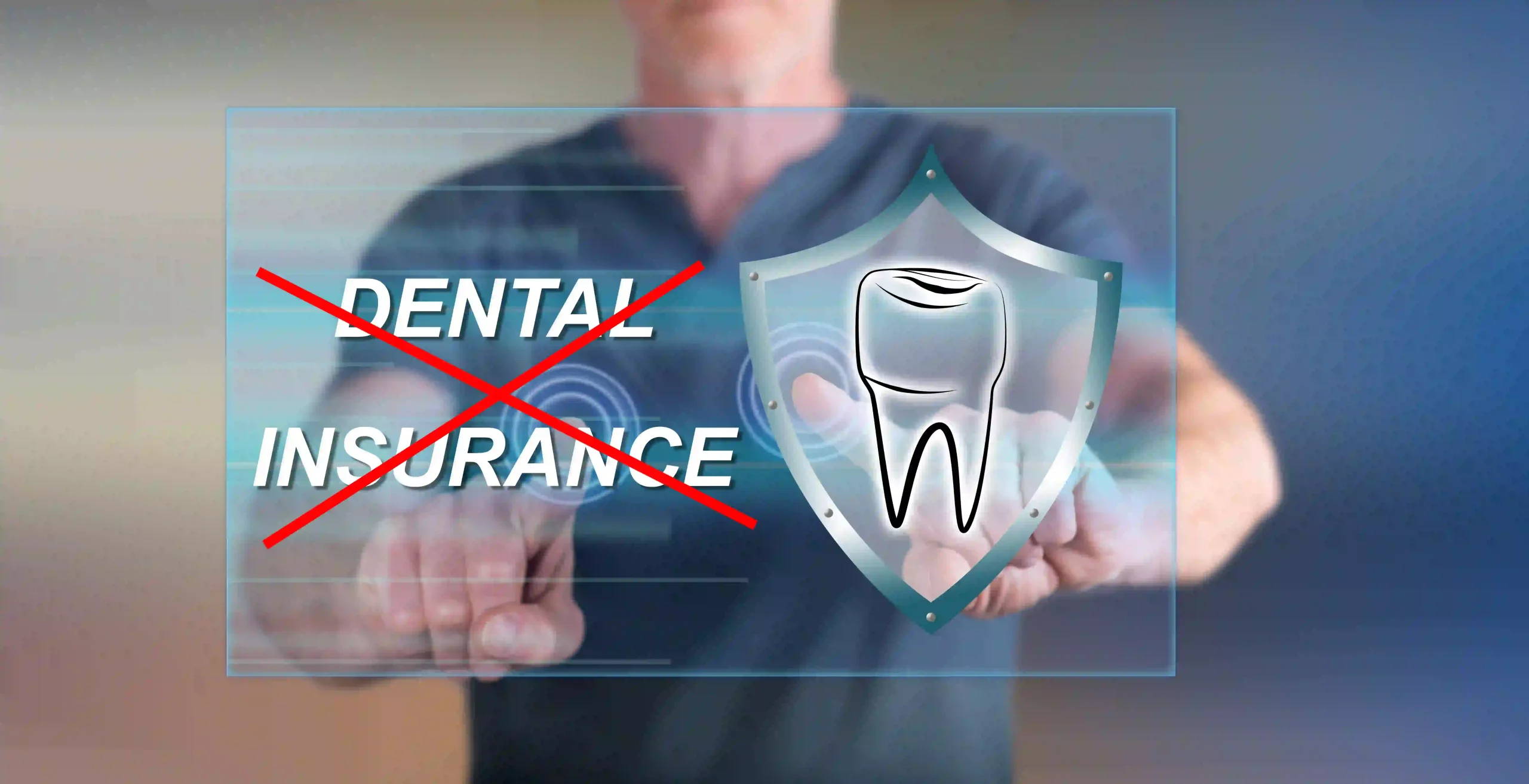Transitioning from a dental insurance-dependent model to a more autonomous approach can be daunting for many dental practices. However, it’s a move that can usher in newfound freedom, financial stability, and stronger patient relationships. If you’ve been contemplating breaking free from the constraints of dental insurance but fear the potential repercussions, this article will offer a roadmap to maintain, and even boost, the prosperity of your practice.
Understanding the Challenges of Dental Insurance
Before delving into the strategies, let’s understand why many dental practices are reconsidering their relationship with insurance providers:
- Reduced Profit Margins: Insurances often reimburse at rates much lower than the dentist’s usual fees.
- Administrative Overhead: Handling insurance claims involves paperwork, delayed payments, and sometimes disputes, which can be time-consuming and stressful.
- Limited Autonomy: Insurance dictates which treatments are covered, potentially influencing clinical decisions and limiting advanced care options.
Strategies to Transition Away from Dental Insurance and Prosper
- Educate Your Patients:
- Begin by explaining to your patients the reasons for the shift, emphasizing the benefits they’ll receive in terms of quality and personalized care.
- Clearly communicate the financial aspects, ensuring they understand the value proposition without insurance middlemen.
- Introduce In-House Membership Plans:
- Design subscription-based models where patients pay an annual or monthly fee in return for specific dental services.
- This ensures a predictable revenue stream and fosters patient loyalty. It also offers patients an understandable, transparent pricing structure.
- DentalMembership.net is a membership plan software platform dental practices use to set up and manage an in-house membership plan. They offer several guidelines and examples on how to get started. You can try this platform for free for 30 days.
- Enhance Patient Experience:
- Invest in modern equipment and technology to provide superior care.
- Prioritize patient comfort – consider amenities like a lounge area, refreshments, or entertainment options during treatments.
- Offer extended hours or weekend appointments for working professionals.
- Flexible Payment Options:
- Offer payment plans, especially for more expensive procedures. This can break down financial barriers for patients and encourage them to go ahead with necessary treatments.
- Consider third-party financing options, which can cover patients’ treatments, allowing them to pay over time.
- Strengthen Your Online Presence:
- Optimize your website with relevant information, patient testimonials, and a blog offering dental care tips.
- Engage with the community on social media platforms, offering advice, answering queries, and highlighting the benefits of your insurance-independent practice.
- Encourage satisfied patients to leave online reviews. Positive reviews can significantly impact new patient acquisition.
- Offer Value-Added Services:
- Diversify into cosmetic dentistry or introduce advanced treatments that may not be typically covered by insurance.
- Bundle services into packages, for instance, a ‘Smile Makeover’ package that includes teeth whitening, cleaning, and alignment assessment.
- Host Community Events:
- Organize free dental check-up camps or oral health awareness workshops. This fosters goodwill and helps in community engagement, which can lead to word-of-mouth referrals.
- Build a Referral Program:
- Incentivize patients to refer friends and family by offering discounts or complimentary services. A strong referral program can significantly offset the initial patient reduction that may occur after discontinuing insurance.
- Continuously Educate Your Team:
- Ensure your team understands the reasons behind the transition and can communicate this effectively to patients.
- Offer training on handling queries, concerns, and explaining the new financial aspects to patients.
- Reinvest in Your Practice:
- The initial phase after moving away from insurance might see increased cash flow due to higher treatment fees (not bound by insurance rates). Reinvest this in your practice, be it in marketing, equipment, or patient amenities.
Embracing the Transition
It’s important to remember that transitioning away from dental insurance is not just a financial decision but a paradigm shift. It’s about prioritizing patient care over paperwork, quality over quantity, and building relationships that aren’t mediated by third-party insurers.
While the journey might seem challenging, the end-result is a practice that stands on its principles, offers unparalleled care, and ultimately, prospers both financially and in patient trust and loyalty.
In the evolving landscape of dental care, breaking free from insurance constraints can be a game-changer, positioning your practice as a front-runner in delivering genuine, patient-centric care.


0 Comments